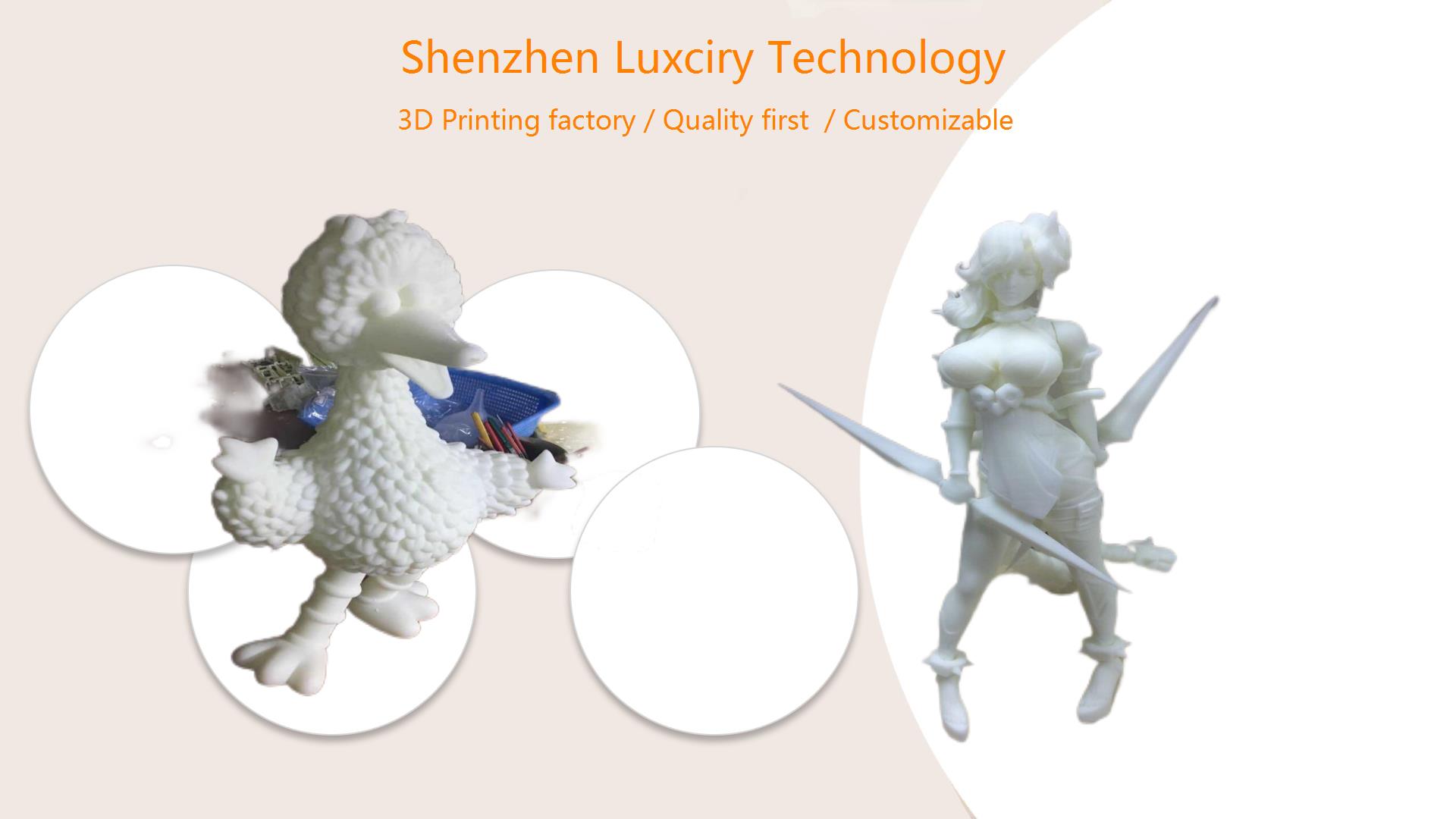In the fast-paced world of product development, rapid prototyping has become a crucial step in the design and manufacturing process. Luxciry, a leading 3D printing manufacturer, offers a variety of rapid prototyping methods to cater to different needs and budgets. This article explores the cost comparison of these methods, providing insights into their advantages and disadvantages.
Understanding Rapid Prototyping
Rapid prototyping is a group of techniques used to quickly fabricate a scale model of a physical part or assembly using three-dimensional computer-aided design (CAD) data. The primary goal is to visualize, test, and validate a product design before it goes into mass production.
Luxciry specializes in several rapid prototyping methods, including 3D printing, CNC machining, and injection molding. Each method has its unique characteristics, costs, and applications.

3D Printing
3D printing, also known as additive manufacturing, is one of the most versatile rapid prototyping methods. Luxciry utilizes various 3D printing technologies, such as Fused Deposition Modeling (FDM), Stereolithography (SLA), and Selective Laser Sintering (SLS).
Advantages:
- Flexibility in design
- Low material waste
- Cost-effective for small quantities
Disadvantages:
- Slower production time for large volumes
- Limited material options compared to traditional methods
Cost Analysis of 3D Printing
The cost of 3D printing varies based on the technology used, material, and complexity of the design. Generally, FDM is the most affordable option, while SLS and SLA can be more expensive due to the precision and material properties they offer.
Luxciry provides competitive pricing for 3D printing services, making it an attractive option for prototyping and small-scale production.
CNC Machining
CNC machining is a subtractive manufacturing process where materials are removed from a solid block to create a desired shape. Luxciry’s CNC machining services are ideal for producing high-precision prototypes from a variety of materials, including metals and plastics.
Advantages:
- High precision and accuracy
- Wide range of material options
- Suitable for both small and large volumes
Disadvantages:
- Higher material waste compared to additive methods
- Longer setup time for complex designs
Cost Analysis of CNC Machining
The cost of CNC machining depends on factors such as material type, complexity of the design, and production volume. Although it may be more expensive than 3D printing for small runs, it becomes cost-effective for larger production batches.
Luxciry offers competitive CNC machining rates, ensuring that clients receive high-quality prototypes at reasonable prices.
Injection Molding
Injection molding is a manufacturing process for producing parts by injecting molten material into a mold. It is widely used for mass production of plastic parts and is known for its efficiency and cost-effectiveness at high volumes.
Advantages:
- Highly efficient for large-scale production
- Consistent quality and finish
- Wide range of material options
Disadvantages:
- High initial cost for mold creation
- Not cost-effective for small production runs
Cost Analysis of Injection Molding
The primary cost factor in injection molding is the creation of the mold, which can be expensive. However, once the mold is made, the cost per part is significantly reduced, making it ideal for large production volumes.
Luxciry’s injection molding services are tailored to meet the needs of clients looking for high-volume production at competitive prices.
Comparative Cost Table
To provide a clearer picture of the cost implications of each rapid prototyping method, the following table summarizes the key cost factors:
| Method | Setup Cost | Per Unit Cost (Low Volume) | Per Unit Cost (High Volume) |
|---|---|---|---|
| 3D Printing | Low | Moderate | Moderate |
| CNC Machining | Moderate | High | Moderate |
| Injection Molding | High | High | Low |
Conclusion
Choosing the right rapid prototyping method depends on various factors, including budget, production volume, and material requirements. Luxciry’s extensive range of services ensures that clients can find the best solution for their specific needs.
3D printing is ideal for small runs and complex designs, offering flexibility and cost savings. CNC machining is perfect for high-precision prototypes and small to medium production volumes. Injection molding is the go-to choice for mass production, providing efficiency and low per-unit costs.
By understanding the cost implications of each method, businesses can make informed decisions that align with their production goals and budget constraints. Luxciry remains committed to delivering high-quality prototypes and exceptional service, ensuring successful product development and market entry.
For more information on Luxciry’s rapid prototyping services, please visit our website or contact our sales team. We are here to assist you in bringing your innovative ideas to life.
“`


